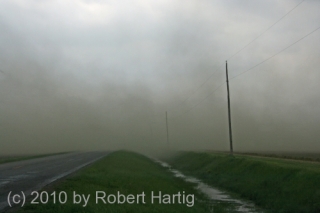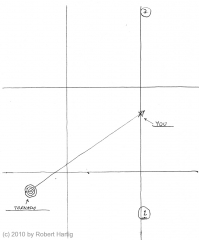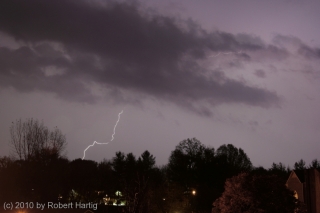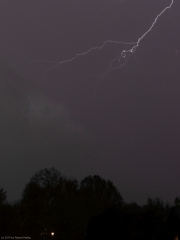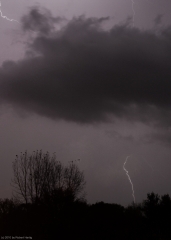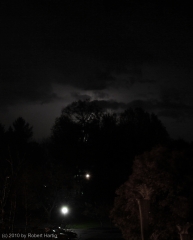Amazing as it seems on November 17, I just heard a rumble of thunder. It wasn’t the first today. Several hours ago, a small line of storms swept through southwest Michigan, dumping rain, producing occasional lightning, and prompting warnings of “strong storms in the area capable of producing pea-size hail.”
Taking the unexpected opportunity, I hopped in my Buick and headed down into Barry County, where the more intense cells were moving through. We’re not talking anything major here–tops maybe scraped up to 20,000 feet–but this time of year I’ll take whatever I can get in the way of convection. Not being aware of any lifting mechanism in lower Michigan, I’m a bit mystified what it is that has been firing off the storms. The RUC soundings for 20Zand prior shows weak CAPE in the neighborhood of 200 J/kg with light winds at all levels. With surface temps peaking at 52 degrees, maybe that minimal instability has been enough to support some modest updrafts.
Whatever the case, it has been nice to get these late-season popcorn cells. They’re dying off now that daytime heating is dwindling, but they’ve made for a bit of serendipitous fun throughout the afternoon. And now I suppose we return to our regularly scheduled program of November drabness. I’m looking forward to watching Storm Chasers tonight and reliving the wild drama of May 22 in South Dakota.
